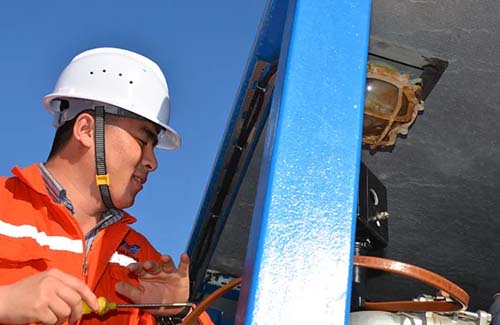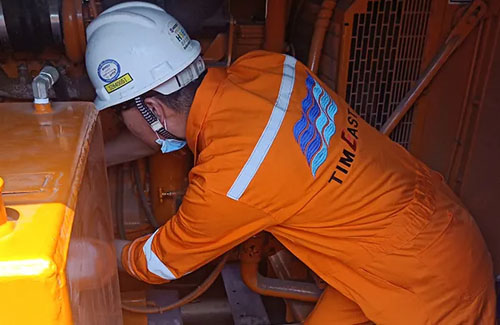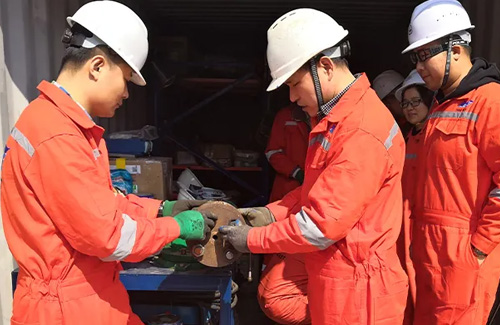May. 31, 2023
Designing a heat tracing system involves several steps to ensure that the system effectively prevents freezing or maintains proper temperatures in pipes, tanks, or equipment. Here's a general guide to designing a heat tracing system:
Determine the Heating Requirements: Identify the specific heating requirements of the application. Consider factors such as the desired temperature, the type of substance being heated, the size and length of the system, and the ambient conditions.
Conduct a Heat Loss Analysis: Perform a heat loss analysis to determine the amount of heat that needs to be supplied to compensate for heat losses. This analysis considers factors such as insulation, ambient temperature, wind speed, and other relevant variables. Calculate the total heat loss in watts or British thermal units (BTUs) per hour.
Electrical Heat Tracing Business
Select the Heat Tracing Method: Choose the appropriate heat tracing method based on the application. The two primary methods are electric heat tracing and steam tracing.
Electric Heat Tracing: Electric heat tracing uses electric heating cables or tapes that are wrapped around the pipe or equipment. Select the type of electric heating cable based on factors such as the required temperature range, power output, and exposure to potentially corrosive or hazardous environments.
Steam Tracing: Steam tracing involves circulating steam through a network of pipes or tubes attached to the surface of the equipment or pipes. Steam tracing requires a steam supply, condensate return system, and appropriate steam traps and control valves.
Determine the Heat Tracing Configuration: Select the appropriate heat tracing configuration based on the system layout and requirements. Common configurations include:
Parallel Circuit: Each heat tracing element operates independently, allowing for easy maintenance and troubleshooting. However, it requires more power.
Electrical Heat Tracing Business
Series Circuit: Multiple heat tracing elements are connected in series, sharing the load. This configuration saves power but can be more complex to maintain and troubleshoot.
T-Branch Circuit: It combines aspects of parallel and series circuits, providing both power savings and maintenance flexibility.
Sizing and Layout: Determine the appropriate sizing and layout of the heat tracing system. Consider the pipe diameter, insulation thickness, and the spacing and length of the heat tracing elements. Ensure that the heat tracing covers the entire length of the pipe or equipment to prevent cold spots.
Control and Monitoring: Select the appropriate control and monitoring system for the heat tracing system. This can include temperature controllers, sensors, and alarms to maintain the desired temperature and detect any issues or failures.
Electrical and Mechanical Considerations: Consider electrical requirements such as power supply, circuit breakers, grounding, and electrical safety. For steam tracing, ensure the availability of a steam source, condensate return system, and necessary steam traps and control valves.
Compliance and Safety: Ensure that the heat tracing system meets relevant industry standards and regulations. Consider safety features such as temperature limits, insulation requirements, and protection against overheating or overloading.
Installation and Maintenance: Properly install the heat tracing system according to manufacturer guidelines and specifications. Establish a regular maintenance schedule to inspect and test the system, replace any faulty components, and ensure its ongoing performance and reliability.
It's important to note that designing a heat tracing system can be complex, and specific requirements may vary based on the application and local regulations. It is recommended to consult with experienced professionals or engineers specializing in heat tracing to ensure a safe and effective design.
Dec. 12, 2023
The Basics of Electric Heat Trace Technology In the world of industrial processes and temperature control, Electric Heat Trace (EHT) technology plays a crucial role.Nov. 23, 2023
Performing a Leak Test: Step-by-Step Guide A leak test is a crucial procedure to ensure the integrity of a system and identify potential leaks in pipes, joints, or containers.Nov. 08, 2023
Main Steps of a Flange Management Procedure Flange management is a critical aspect of maintaining the integrity and reliability of piping systems in various industries.

